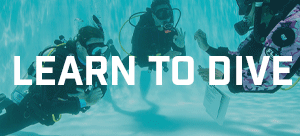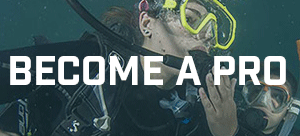Myself, Jake and Lucy were thrilled to have the opportunity to dive the wreck of the Kyarra in Swanage, Dorset. The liner Kyarra was a casualty clearing ship, with a quick-firing gun mounted on her stern as a defense against U-boats.
On the 26th May 1918 she was ordered to embark 1000 war-wounded Aussie soldiers in Devonport and return them to Sydney. However, she was hit by a German submarine and sank within 7 minutes.
On the 15th August we travelled down to Swanage pier, and boarded the Divers Down boat, ready to discover the Kyarra. We were diving on 32% Nitrox to give us more time explore the Kyarra. Once we had reached the site we entered the water safely and descended 23 meters down a line onto the ships port railing. There was a slight current as we were descending but nothing that made the descent difficult or dangerous. We observed many interesting features and wildlife, for example we saw the remains of the old bollards in the aft hold area, in which one of them had a crab living inside it! We also saw the rudder post and proceeded to swim to across the Kyarra’s hull. There were various fish living around the wreck.
The visibility was fairly good and overall was a very interesting dive. We agreed prior to the dive to start making our ascent when the first person reached 100 bar, which we successfully managed including a safety stop at 5 meters. During the safety stop we launched a delayed SMB so that the skipper could move the boat close to us to pick us up. Once the boat was close enough we held on the line of the side of the boat and proceeded to the back of the boat where the lift was. When we all were back on board we were all very happy about the dive, and made our way back to Swanage pier!
By Natasha


























